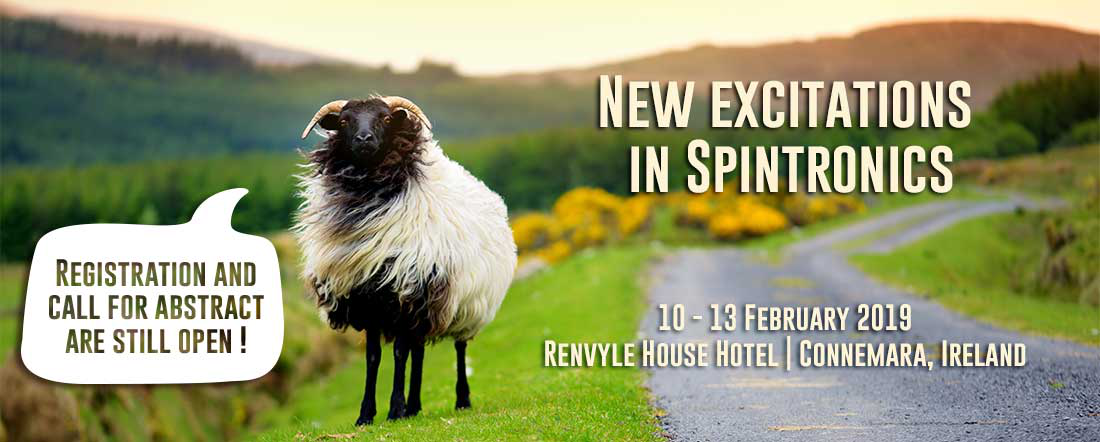Speaker
Description
The spin Seebeck effect (SSE) [1] attracts much attention due to possible application to thermal spin generators for driving spintronics devices. The SSE is observed through the generation of spin current in ferromagnets and ferrimagnets under a temperature gradient. Driving spin currents thermally could lead to the manufacturing of a compact magnetic source without using electric current or magnetic field.
In magnetic insulators, the spin current is carried by spin-waves (magnons), and the SSE is governed by the spin dynamics rather than the simple static magnetism [2]. Y$_3$Fe$_5$O$_{12}$ (YIG) is a well-known ferrimagnet and frequently employed for the SSE, and has gradually attracted revisiting interest in neutron research after almost 40 years [3].
We thus performed unpolarized and polarized neutron scattering on a chopper spectrometer HYSPEC at ORNL, to investigate the spin excitations at elevated temperatures. Polarization dependent inelastic scattering experiment clearly showed the opposite sign in the helicity of the acoustic and optical magnetic excitation mode in an applied magnetic field in this ferrimagnetic material. The temperature dependence of the SSE in YIG might be closely related to the thermal activation of the gapped optical mode at elevated temperatures in addition to the activation of the acoustic mode at low temperatures thereby changing the spin transport properties. To gain a detailed full-polarization analysis investigation on the magnetic excitation modes, we have recently conducted a triple-axis measurement using IN20 at ILL. In this talk, we show our recent results which are needed for the microscopic understanding of the SSE.
The research project was conducted through a collaboration with K. Kakurai, Y. Okino, Y. Kawamoto, M. Fujita, T. Kikkawa, Y. Shiomi, E. Saitoh, S. Shamoto, J. Barker, G. E. W. Bauer, M. Mori, and S. Maekawa.
[1] K. Uchida et al., Nature 455, 778 (2008).
[2] K. Uchida et al., Nat. Mat. 9, 894 (2010).
[3] J.S. Plant, J. Phys. C 10, 4805 (1977).
[4] J. Barker and G.E.W. Bauer, Phys. Rev. Lett. 117, 217201 (2016).

